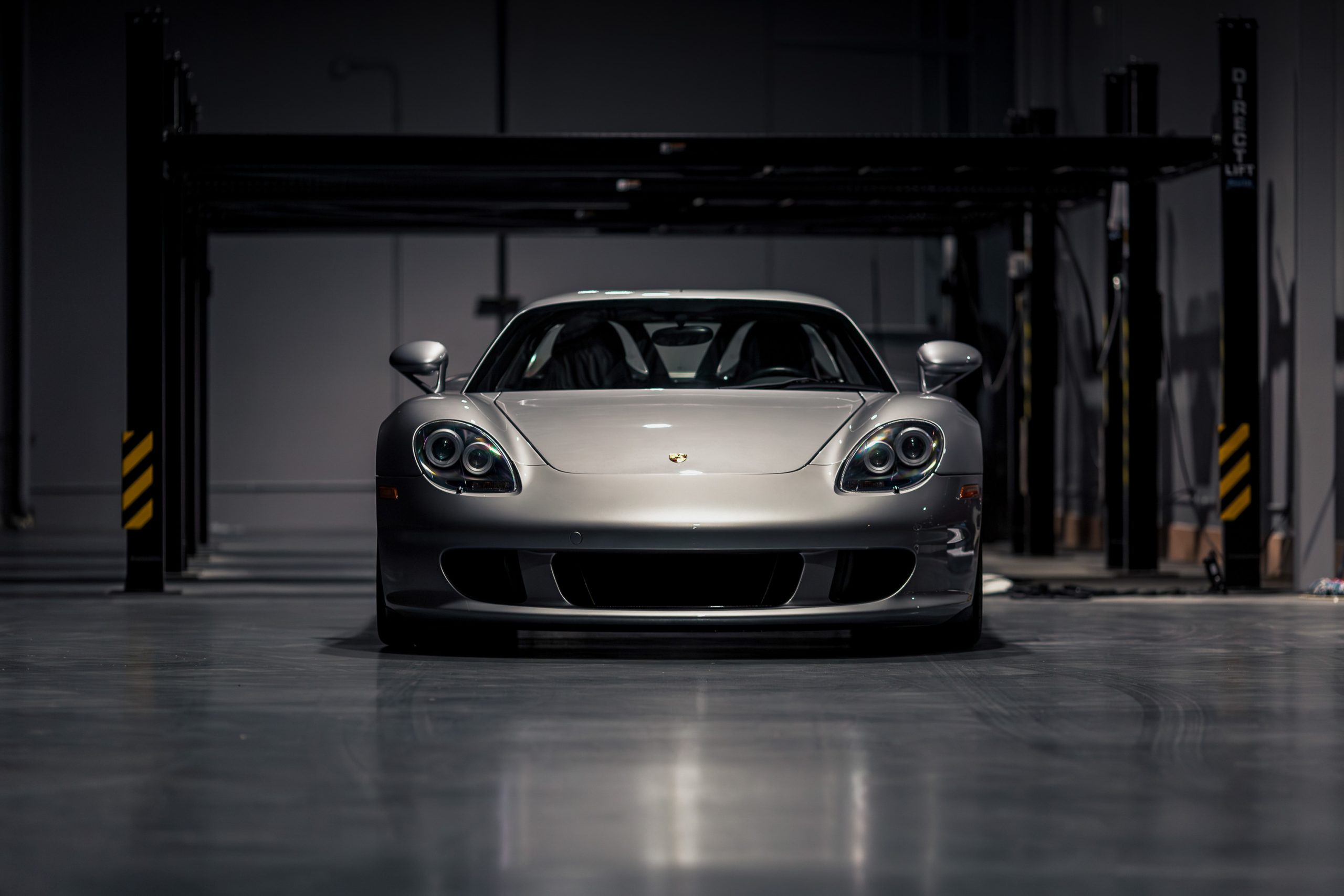Porsche 963 “RSP” Revealed On The Streets!
963 Hypercar takes to the streets with original Count Rossi 917!
963 Hypercar takes to the streets with original Count Rossi 917!
Rare Porsche Inducted into the National Historic Vehicle Register
Based on the Porsche 962 Group C Le Mans race car
A rare Gem with impeccable historic racing credentials
Gen3 EVO spec racer awaits 2025 season
Spectacular double victory in the thrilling IMSA race at Road America
$2M Porsche Prototype heads to Monterey
Successful Italian period racing history
Racing milestone comes to market
The ultimate GT Speedster comes to light?
Both Andretti Formula E Porsches earn points
Won the 1977 24 Hours of Le Mans Group 4 GT class category
Porsche’s 1994 Le Mans 24 victory
Highlight from WOB CARS' Porsche 75th Anniversary Race Car Collection
Porsche prototype heads to Monterey Car Week
Enjoy this article originally published on VintageRacecar.com in 2003!
At the end of November 2022, Porsche produced the 5,000th one-make cup racing cars based on the Porsche 911
Would a blizzard stop the show?
Porsche’s first customer prototype in more than a decade comes with a $2.9 million price tag
Celebrating 24 Heures du Mans' 90th Anniversary Race
A pre-race teaser of the exciting weekend to come.
There are 935s, and then there are 935s…
The made-for-TV IROC series was a remarkable innovation and the genesis of the all-conquering 935.
Spark Formula E with Porsche 99X powertrain (2019)
Porsche’s Type 904, officially called the Carrera GTS because Porsche and Peugeot were in dispute over numeric designations with “0” in them, succeeded the RSK Type 718 as the last sports-racing iteration of the 356 series.
By the early fifties Porsche found that modified production cars would no longer win races. The 550 was the answer. The original giant killer had arrived.
The 718 Cayman Race Car


